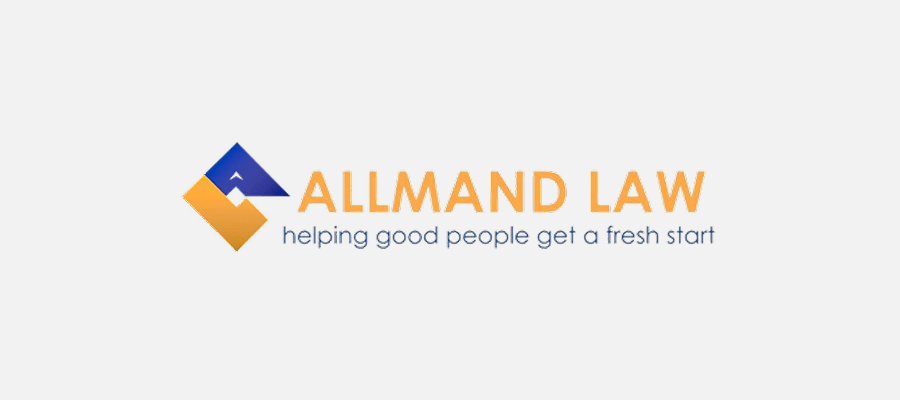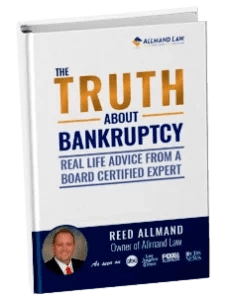
Can I Add Another Debt After Bankruptcy Has Been Filed?

Can I Add Debt to a Chapter 7 or Chapter 13 After I’ve Filed Bankruptcy?
When you decide to declare bankruptcy you will report information about your creditors to your bankruptcy attorney. A schedule is completed that shows the names and addresses of each creditor. Usually you will have the opportunity to view the listing before it goes to court to be reviewed by the judge and if you notice that a creditor is missing, this is the best time to make sure they are added and changes made accordingly.
When Your Bankruptcy Petition Is Filed
When your bankruptcy petition is filed it will contain the list of all creditors and accounts to be included in the filing. While many debtors are aware of whom they owe money it is quite common to forget to add a creditor when filing. A missed creditor should be presented to your bankruptcy attorney as soon as possible. In most cases, you can add still the creditor although there could be an amendment fee associated because you will need to file for an amendment and complete a new schedule list to show all creditors including the creditor that was left out of the previous filing.
If your case is closed or debts have already been discharged, the debt that was left out may be eligible for discharge if it originated before you filed bankruptcy. Depending on your situation, you should discuss with a your bankruptcy attorney what the best option is regarding the debt that wasn’t included in the filing. You may need to reopen and amend your case if the creditor continues with collection attempts.
Pre-Petition vs. Post-Petition Debt
Debts that are incurred before you file for bankruptcy are considered pre-petition debts. Those incurred after bankruptcy are considered post-petition debts. However, for some debts, it may not be entirely clear whether or not they’re pre or post-petition.
For instance, car loans, mortgages, and other secured debt that is paid in installments is technically both pre and post-petition debt. This is because the debt was begun before you filed for bankruptcy but continues to increase after you file for bankruptcy.
In this case, the entire loan can be considered pre-petition debt since it was technically incurred prior to filing for bankruptcy. This includes future payments.
In Chapter 7, you can discharge this kind of secured debt, but only at the cost of sacrificing any equity you have on a home or your car. In other words, the creditor will take your home or your car in Chapter 7. However, in Chapter 13, you may be eligible for a cramdown. This allows you to pay off the real value of the secured property minus interest and other fees.
Reaffirmed Debts and Chapter 7 Bankruptcy
Those who elect to file for Chapter 7 bankruptcy will likely be contacted by their secured creditors. The creditors will ask them whether or not their interested reaffirming their debts. For instance, you can discharge mortgage debt in Chapter 7 but you will lose your house. Those interested in keeping their homes will need to reaffirm their contract with the mortgage lender or car lender.
There is a risk involved here. Firstly, that debt can likely not be added to a Chapter 7 later for numerous reasons. The most obvious of these is that the debtor is barred from filing another bankruptcy for another 7 years. If you default on those payments then the creditor can repossess the property that secures the debt. Not only that, but they can also sue you for the difference between what you’ve paid and what you owe.
Rules for Adding a Debt to Your Chapter 7 Bankruptcy
It’s important to understand that any debt that is not claimed on your bankruptcy will not be discharged. Therefore, paying the fee to add a creditor to the bankruptcy is probably going to be worth it. So long as the debt was incurred before the date that you filed bankruptcy it can be added to a current Chapter 7 bankruptcy.
Rules for Adding a Debt to Your Chapter 13 Bankruptcy
While you can add a debt to a Chapter 13 bankruptcy, it’s much more of a hassle for you, your attorney, and everyone else. Chapter 13 works on a repayment plan that is based on how much you can afford and depends on how much you owe. The repayment plan works over a three or five year period. It is usually a five year period.
When you add another debt to the mix, the entire plan must be reconsidered. That means more work for your attorney and more money in court costs. This is especially true if the debt is secured (or backed by some collateral). If the debt is unsecured, it may simply be discharged in Chapter 13, but there’s no guarantee of that.
Can You Add Debts to Your Chapter 13 Bankruptcy That Were Incurred after Filing?
Unlike Chapter 7, there are some instances in which you can add debts to Chapter 13 that were incurred after your filing date. But this is true only under certain circumstances. Those include if the following are true:
- Your Chapter 13 was dismissed and you refile for another Chapter 13;
- You file for a Chapter 7 and then file for a Chapter 13 (also known as a Chapter 20) or;
- You file for a Chapter 13 but cannot make the payments. In that case, you can convert to a Chapter 7 which would allow you to bring new debts into the bankruptcy.
Adding debts that are incurred after a bankruptcy has been filed is not a standard procedure and is generally frowned upon by the courts. Nonetheless, Chapter 13 bankruptcies leave some wiggle room to add new debts to your bankruptcy.
Be Strategic About How You Declare Bankruptcy
What if you’ve forgotten to add some debt to your bankruptcy that was incurred before your filing date? You will be allowed to add that debt in either Chapter 7 or Chapter 13. The problem comes into play with debt that was incurred after your filing date. Only rarely can you add such debt to your bankruptcy.
It is, therefore, therefore advisable to be strategic about when you file for Chapter 7 or Chapter 13. You don’t want to incur more debt in the middle of filing because that could potentially be catastrophic.
A lot of people, however, view bankruptcy as a last resort. For that reason, they wait until the last minute to file and then rush the process through as quickly as possible. Consulting with a bankruptcy attorney can help. Bankruptcy attorneys do more than just help folks file for bankruptcy. We also advise people on their best course of action (which isn’t always bankruptcy). We also offer free consultations. So involving a bankruptcy attorney early in the process is an excellent way to get out in front of aggressive creditors.
Have Any Bankruptcy Questions? Send Them Our Way
If you have any bankruptcy related questions, speak to Allmand Law Firm. You can submit all questions here or even set up a free consultation with one of our bankruptcy attorneys.






